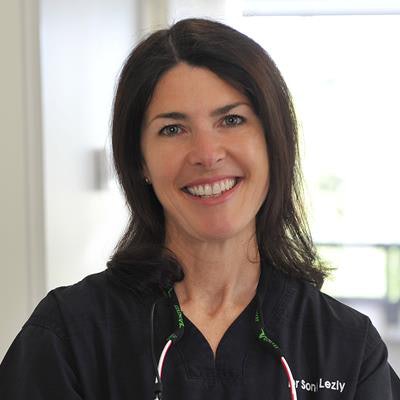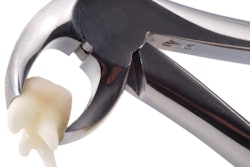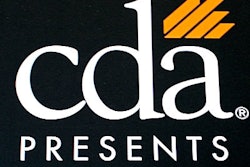
Dental extractions don't have to be the equivalent of, well, pulling teeth. That's according to Sonia Leziy, DDS, an expert on implant and surgical protocols, who explains that better tools, techniques, and technologies are making extraction and implantation smoother and quicker for patients and practitioners.
 Sonia Leziy, DDS.
Sonia Leziy, DDS.Practitioners should plan well for extractions and, where appropriate, subsequent ridge preservation and implantation, she advised during a presentation earlier this year at California Dental Association's CDA Presents 2017 meeting in San Francisco.
"We want to try to minimize the adverse reactions that can happen post tooth extraction," said Dr. Leziy, a periodontist who practices with the Imperio Group in North Vancouver, British Columbia, and a clinical associate professor at the University of British Columbia in Vancouver. "Think very carefully before you pull a tooth out."
Plan before you pull
Dr. Leziy prefers immediate implant placement, if possible. This depends on a patient's clinical presentation, the quality of gum and anatomy, and the results of a CT scan, she told DrBicuspid.com. However, sometimes an infection has to be treated first and implantation has to be delayed.
The nature of Dr. Leziy's work has changed with improved regenerative technology. Whereas 25 years ago, she would place an implant anywhere there was bone, now she works to ensure that bone is preserved or regenerated as much as possible.
“Think very carefully before you pull a tooth out.”
Additionally, she now teams up with her technicians and uses digital technology to make a customized healing abutment or temporary tooth that will support the patient's gum architecture. At the same time, the textured versus machined surfaces of today's implants, with their increased surface area, reduce implant placement healing time.
Overall, dentists should consider the end results they desire for their patients before they begin extraction, Dr. Leziy advised. The reason for tooth extraction can affect the timing of subsequent treatment, she noted. While sometimes patients come into her office in crisis, in many other cases treatment can be planned and the appropriateness of immediate implant placement considered.
"The minute you make a decision, there are adverse hard- and soft-tissue changes," she said.
Finances also can affect extraction treatment planning, Dr. Leziy acknowledged.
"If I ignored money, yes, the gold standard is an implant in most patients," she said.
Better tools and technology
The tools used for extraction can improve the procedure, allowing for more conservative surgery, less cutting, less of an effect on the blood supply, and better outcomes, according to Dr. Leziy. This can also set patients up for better recovery with less pain, bruising, and swelling.
"Extraction tools have drastically changed," Dr. Leziy said. "Even forceps are more elegantly designed with better lever arms."
One of her favorite tools is a Benex extractor (Meisinger).
"You'll never lose bone," she said. "It leaves behind the most perfect bone."
After carefully extracting the tooth, Dr. Leziy thoroughly debrides the area.
"I make sure it's dead-spanking clean in there," she said. "You can fill it with whatever you want."
Other instruments she finds of interest include Piezomed instruments (W&H Group), which can ultrasonically cut along and loosen the periodontal ligament, although she noted that such tools are not inexpensive.
Since facial bone is limited, bone and ridge preservation is key in tooth extractions, as is considering the use of additional bone grafting, Dr. Leziy emphasized.
She'll perform ridge preservation by putting collagen in place and suturing over that. While previously she would place an implant six months later, nowadays she'll put in the implant after three months, with the goal of maintaining more vital bone in the area.
Dr. Leziy also creates platelet-rich fibrin using the patient's own blood.
"It seems to help with soft-tissue healing," she said.
Another strategy Dr. Leziy uses for ridge preservation is a process of making what she calls "sticky bone," which contains autologous fibrin glue mixed with bone graft. Such tactics can be particularly helpful in cases with big bone defects, like with a hockey player.
At the beginning of surgery, she'll draw three to eight vials of 8 mL to 10 mL of blood from the patient to obtain autologous fibrin. Dr. Leziy performs these procedures in the vast majority of her implant patients, in part, because her office handles difficult cases referred from other practices.
"People come to us with fractured teeth that destroyed bone," she said. "We often have to regenerate the bone."



















